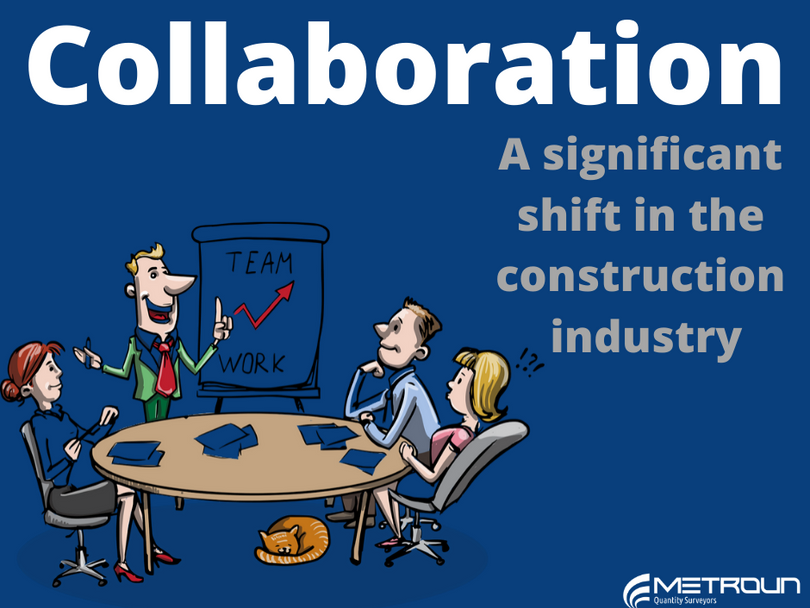Collaboration – A significant shift in the construction industry

The construction industry has been subject to notorious criticism when it comes to productivity and being behind other industries in terms of growth and profit margins. This has been attributed to a multitude of reasons over the years, leading to a proposed solution of making the construction industry more ‘collaborative’. Lets explore collaboration in construction. Early Calls for Change Throughout the 20th century, several key reports highlighted inefficiencies



